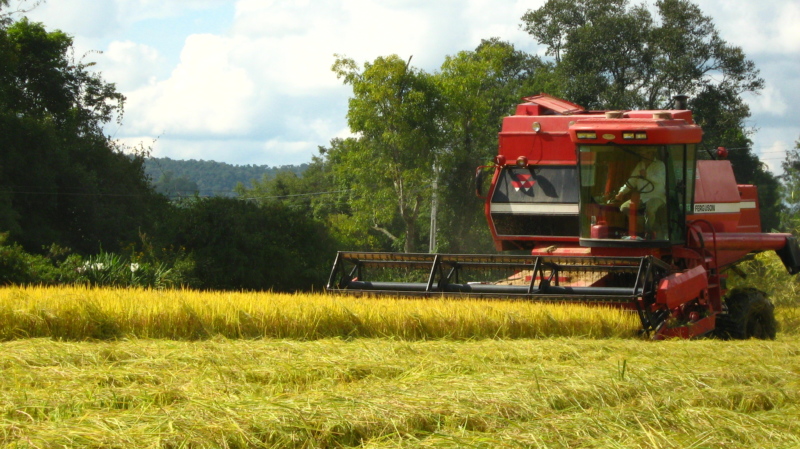The Politics Of Disaster Relief
After a 7.0 magnitude earthquake struck Haiti, the aftershock reached China in ways that few anticipated.The earthquake forced Chinese leaders to navigate the tricky politics of disaster relief.
Much attention has been focused of late on the implications for Latin America of the US-China trade war, including in the agricultural sector, where Brazil has seemingly benefitted from growing demand for its abundant soy. Recent tariffs have pushed China to intensify trading with Latin America, contributing to the expectation that Brazil will become the leading soybean exporter for 2019-20, a distinction previously held by the US. But the China-Latin America agro-industrial relationship has been growing in its own right, and at a notable pace, prompted in large part by China’s evolving food security strategy. When considering whether recent trade patterns will cause the US to lose its global agriculture market share, it is important to examine the long-term development of China-Latin American relations.
The relative boom in Chinese investment in Latin American agroindustry dates back more or less to the 2008 global food crisis. For China’s leadership, the food price crisis highlighted their country’s considerable dependence on foreign markets and companies for supply of key agricultural goods. As they grappled with soaring food prices, Chinese policymakers formulated new guidelines for both overseas investment and domestic production, with a focus on heightened self-sufficiency. A Ministry of Agricultural research team noted the major success of the ABCDs (Archer Daniels Midland, Bunge, Cargill and Louis Dreyfus Company) in the Latin American region recommending that Chinese companies establish a footprint in the region’s agricultural logistics and processing.
Over the next decade, a range of Chinese companies grew their presence in Latin American agroindustry, whether in processing and transport or logistics and marketing. This effort was largely spearheaded by COFCO, China’s main grains trader, through targeted acquisitions to become majority stakeholders and investment in processing, storage, and trading. Chinese companies such as Chongqing Grain Group, Sanhe, and China National Heavy Machinery Corporation have also invested in factories, pressing plants, mills, and other agricultural infrastructure in Latin America in recent years.
[…]
After a 7.0 magnitude earthquake struck Haiti, the aftershock reached China in ways that few anticipated.The earthquake forced Chinese leaders to navigate the tricky politics of disaster relief.
What should we expect from a newly powerful Brazil? Does the country have the capacity and leadership to be a central actor in addressing critical global and regional problems?
Haiti represents one of the most complex and deeply rooted challenges facing U.S. foreign policy in the Western Hemisphere: a failing state on the doorstep of the world’s most powerful nation.
 Herr stahlhoefer / Wikimedia / Public Domain
Herr stahlhoefer / Wikimedia / Public Domain